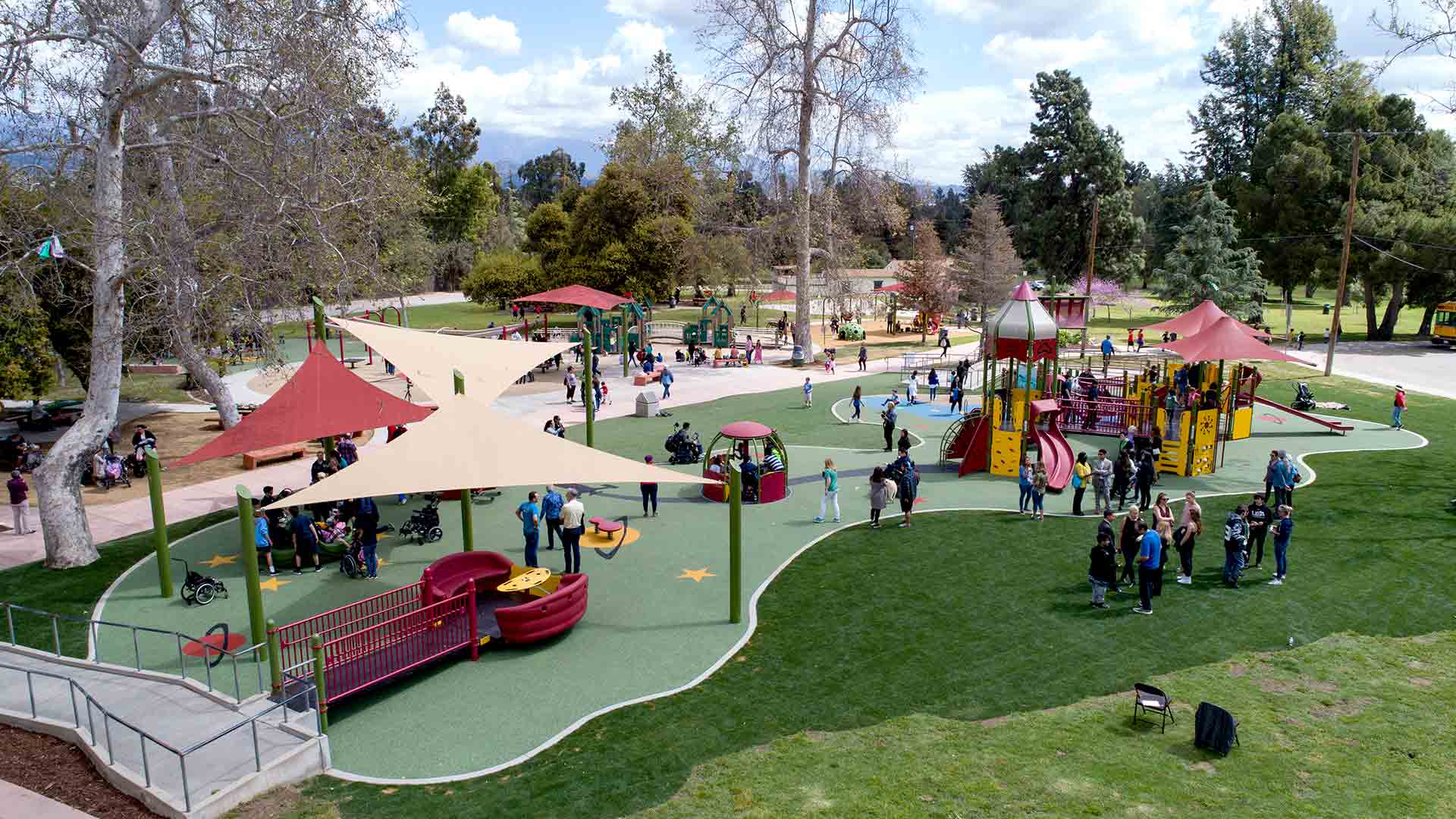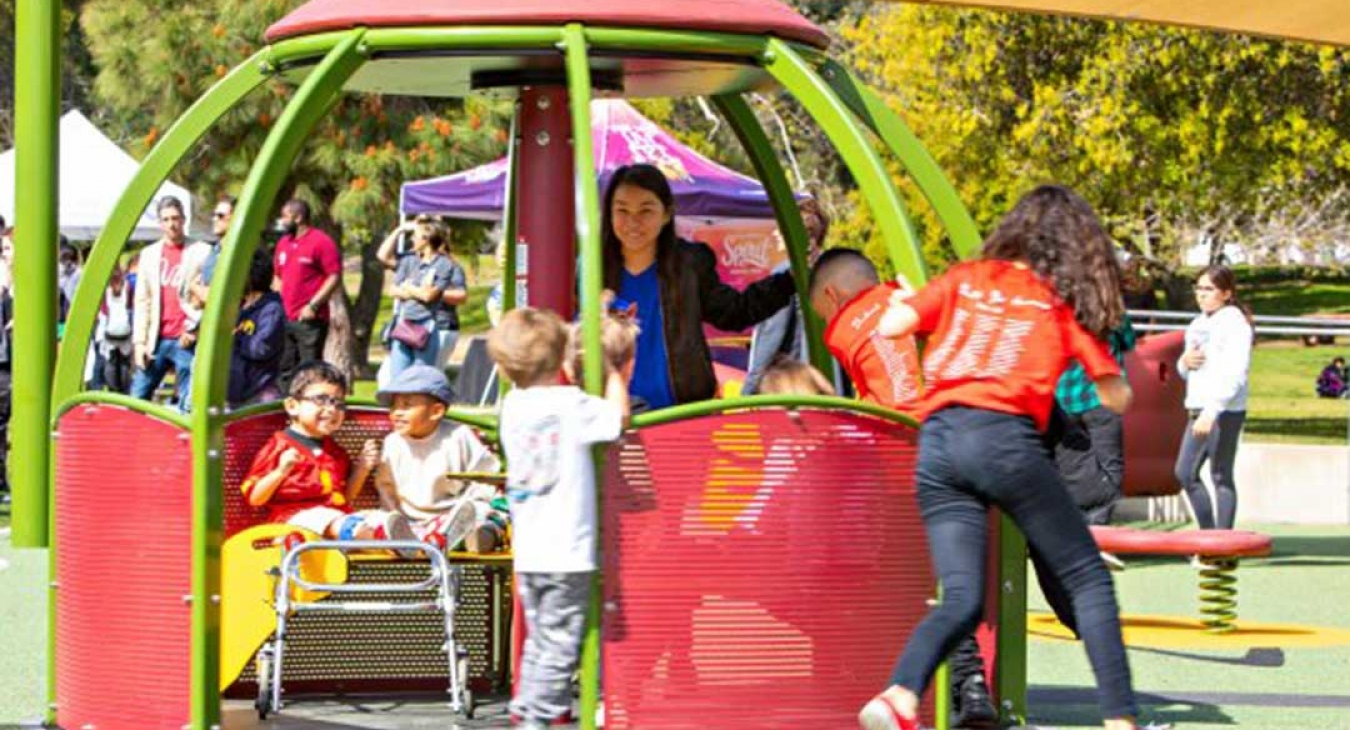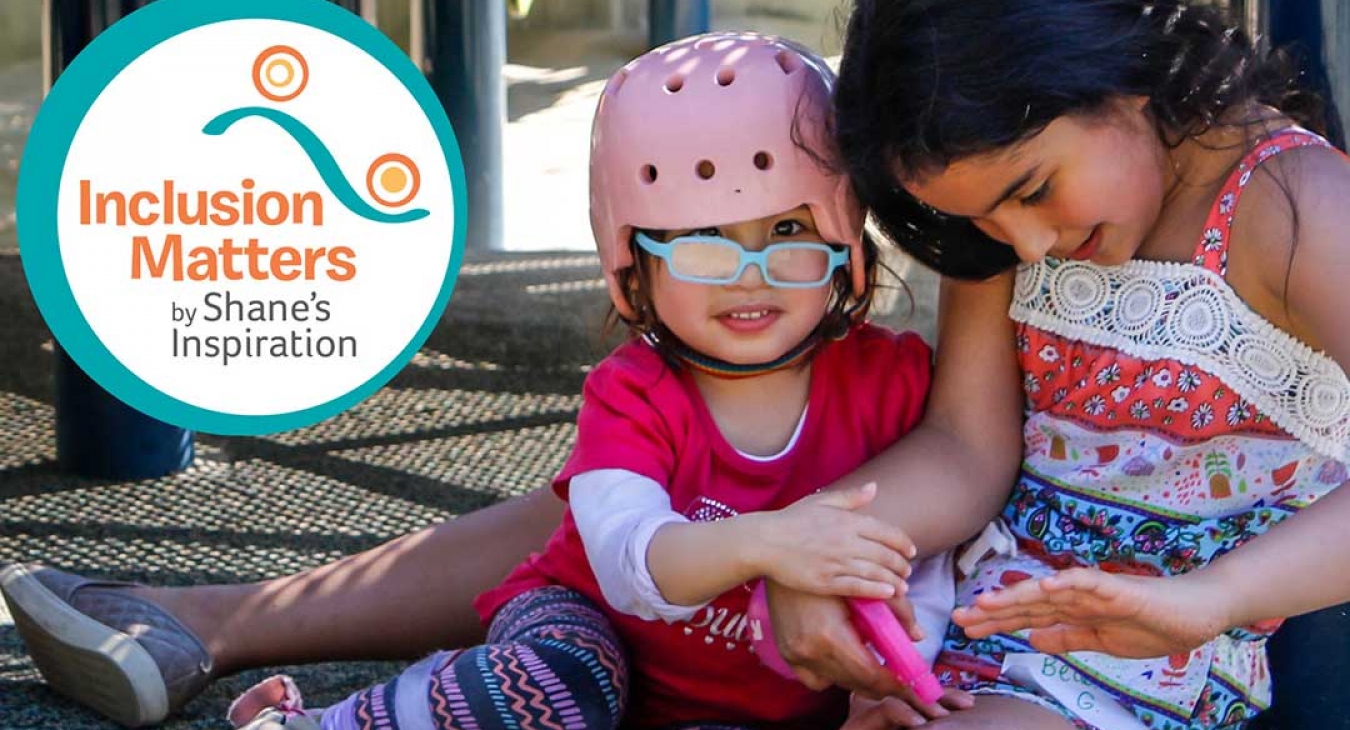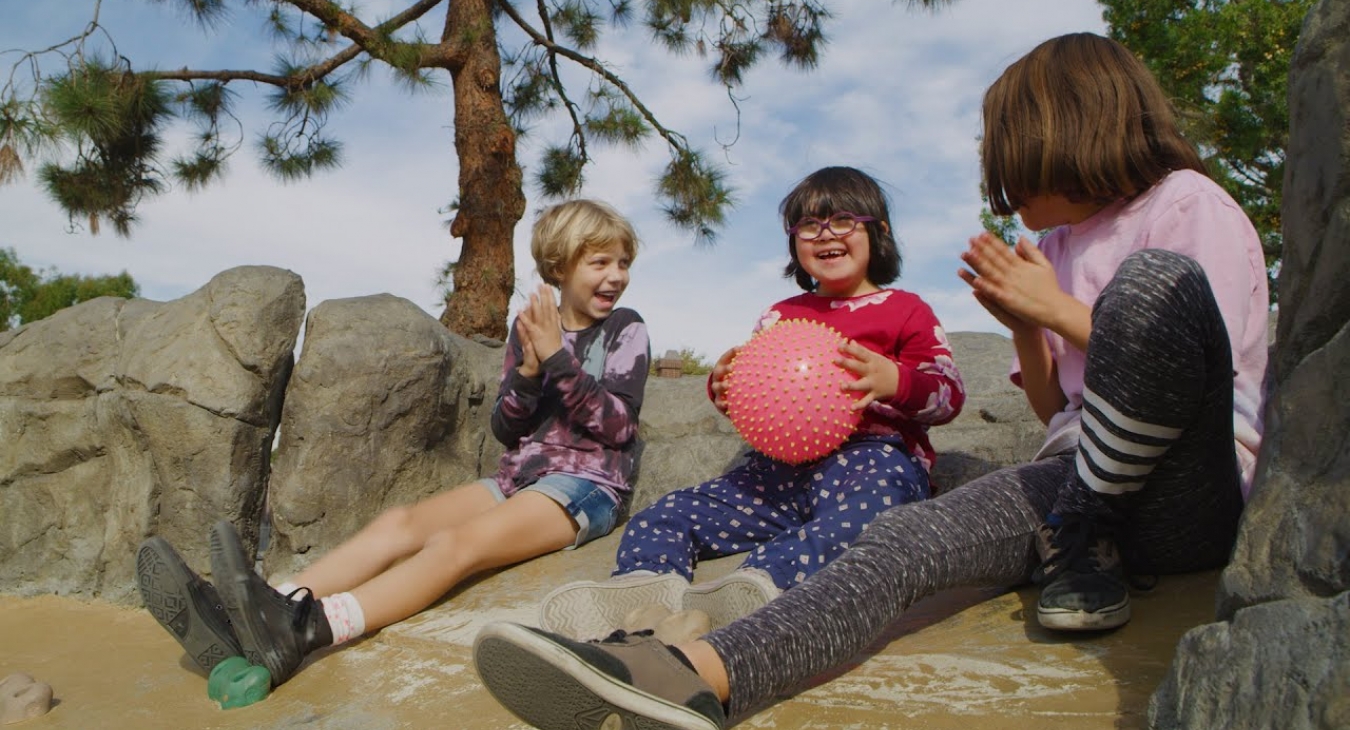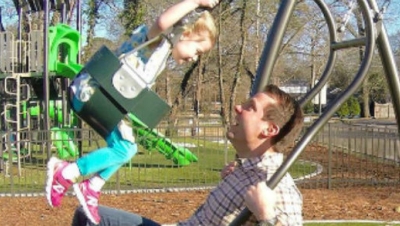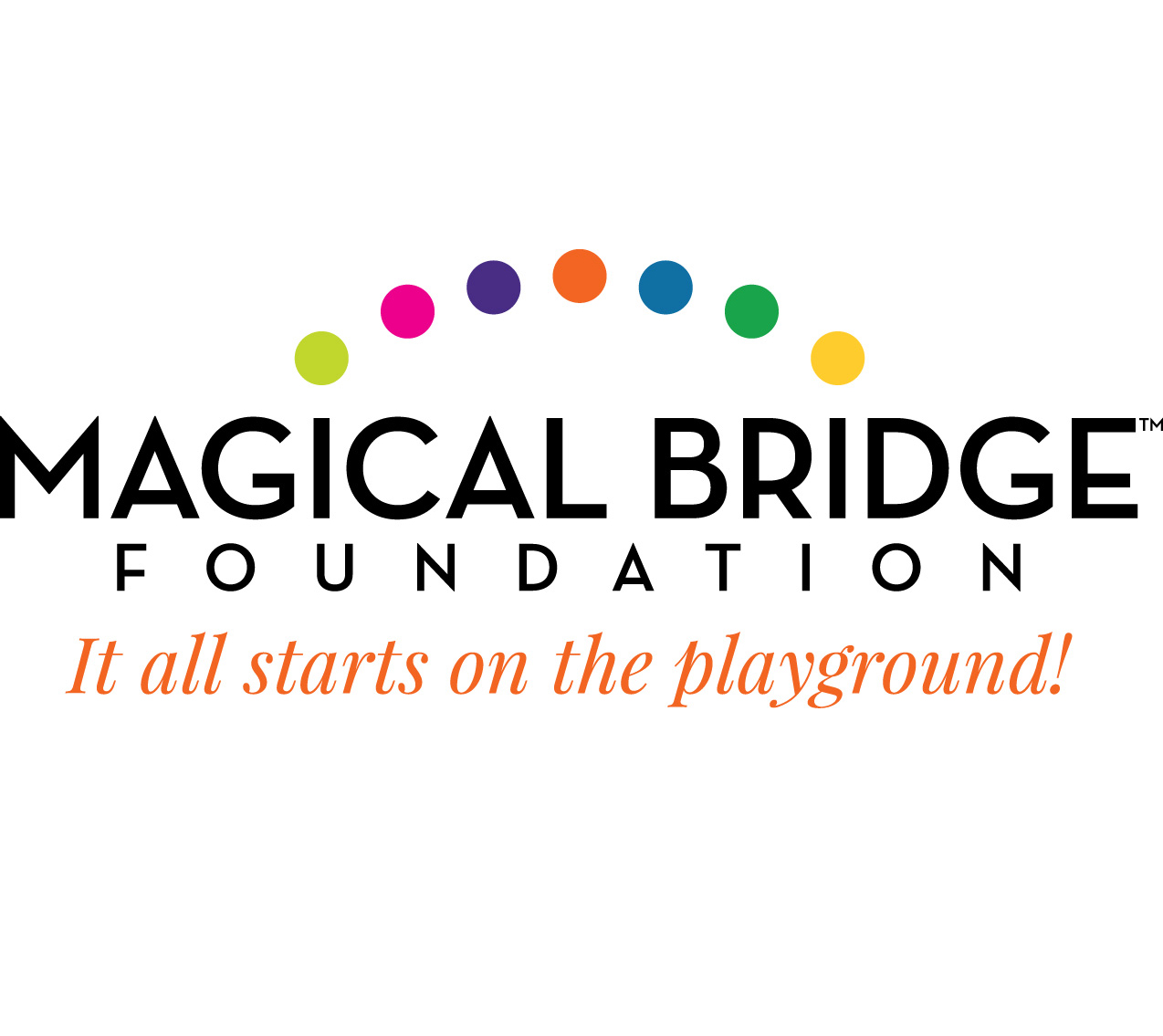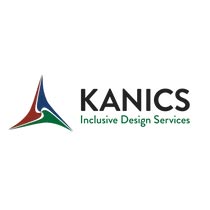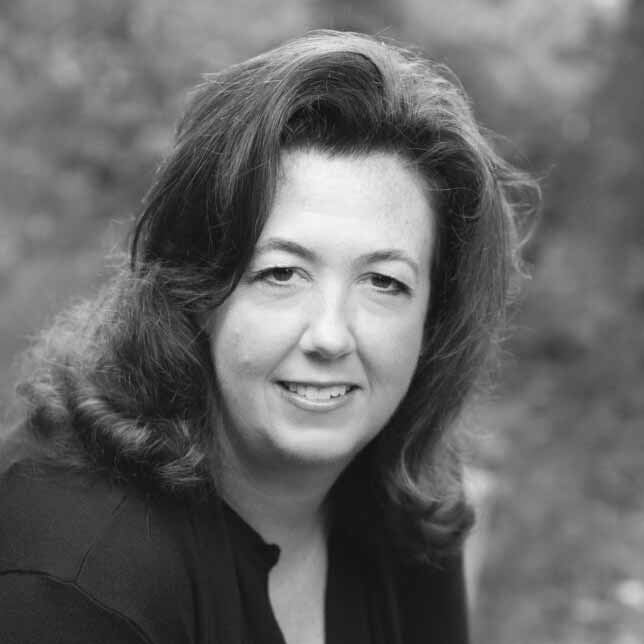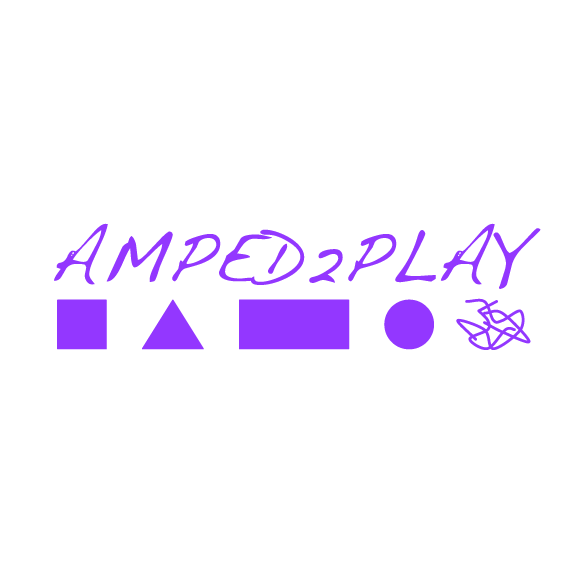Shane’s Inspiration
The COVID-19 pandemic has changed every aspect of our lives. One thing that has remained a constant as we continue to navigate this health crisis...
We need each other to thrive and survive.
For families who have loved ones with disabilities, this isn’t a new normal. Many have historically relied on community and connection for resources and support. The pandemic amplified that reality and made it exponentially more difficult to access those resources.
Nicte, a mother of two girls with disabilities who wrote to us during the pandemic, summed that up well: “During this time of uncertainty, we are at home without the structure we were used to. If being a parent of special needs girls had me feeling isolated before, imagine now, we need support more than ever to keep rowing every day. As parents, we are the motor that keeps our family’s boat afloat.”
Today, as we reopen parks, playgrounds, and schools, let’s keep in mind that one simple reality: we need connection to one another to thrive and survive. Then, let’s consider the unique opportunity at hand…to design, build, and program public spaces that truly connect us all.
One of the definitions of community is a feeling of fellowship with others. What better place to foster that feeling than a park? Our parks are public spaces where individuals of all abilities, races, genders, sexual orientations, religions, and socioeconomic statuses intersect.
Historically, they have also been places where children and adults with disabilities have faced barriers to access. Physical barriers exist in obvious ways, such as building a playground without fully accessible entry points. Social barriers are often more subtle, such as a parent fielding stares from others as she helps her child wearing leg braces onto a swing. All barriers add up to exclusion from one’s community. A Los Angeles mother Kelly, whose son Max has multiple disabilities, shared that when she would drive by playgrounds, “I would just cry. I knew we could never have that childhood experience.”
That kind of chronic isolation for people with disabilities can result in long-term deficits. One research project from the AJ Drexel Autism Institute in 2015 studied the social experiences of young adults with Autism. They found that 1 in 4 of the participants had absolutely no peer contact within a 12-month period. Twenty-eight percent were more likely than their peers to experience or act on suicidal thoughts.
Dissolving these deep and painful barriers and creating true inclusion is easier than it seems. Step 1: Adopt a mindset that inclusion matters…all means all. Step 2: Find ways to modify what you create to include.
In 1998, our team at Inclusion Matters by Shane’s Inspiration created the first fully-inclusive playground in the Western United States. Four years later, we launch inclusive play programming to meet that critical need for belonging that we knew was lacking for families of children with disabilities. Twenty-three years later, hundreds of thousands of children with and without disabilities have discovered the magic of connection through play on our 75 play spaces and inclusive programs. While programming can come in all shapes and sizes, here’s what has worked for us:
My PlayClub: This is a simple, consistently schedule three-hour Saturday on an inclusive, public playground that integrates families of children with disabilities into their communities (https://www.youtube.com/watch?v=_gA-xpFX-PA&t=10s). The day consists of play stations and activities that offer sensory variety, peer engagement with children without disabilities, and volunteer engagement to support the activities. It is a low-cost program that also weaves in corporate sponsorship, which strengthens the connection between your business community and your park. For minimal output, you are offering an inclusive program that truly builds a sense of belonging:
“Once we learned about Inclusion Matters by Shane’s Inspiration, it was so amazing to know that something like this existed for kids like Dorian who now have the opportunity to play and enjoy everything. To know there is a place for us is big. The first time we went to My PlayClub, it was one of those moments that feels like home.” Dustin Willis, father of a child with a disability.
Together, We Are Able: This school-based program is delivered in three simple steps. The first is a classroom conversation that helps students without disabilities examine their perceptions and misconceptions about their peers with disabilities. The second step is an inclusive play day at an inclusive playground or on their campus. Here, children with and without disabilities are paired for a couple of hours of supported interaction, where they learn to play beyond those misconceptions. Lastly, they meet back in the classroom to debrief on what they learned about and from one another. The end result is awareness, connection, and compassion…all foundations for social/emotional learning (https://www.youtube.com/watch?v=CX5RuM3L1Ic&t=3s).
Experience has taught us that inclusive programming can be adapted to any recreation or school program, but no matter what you are creating, a few key pillars drive success:
- Same space, same time. Children of all abilities need the same opportunities to engage with each other in a common space. If an inclusive playground doesn’t yet exist in your community, any park space can support inclusive play as long as you consider: accessibility to and through the play area; quiet corners for children who need to calm their sensory systems; a semi-enclosed area to support younger children and those with various disabilities; and ease of use (proximity to accessible bathrooms and parking for families and schools.)
- Reciprocity: This is a mindset that children with disabilities are kids first. A successful inclusive program will build on this understanding by creating opportunities for them to engage with their peers as peers. While assistance from buddies without disabilities can be beneficial, it shouldn’t be the sole focus of the engagement. The goal is to provide programs that build reciprocal, social relationships between both sets of children.
- Sensory variety: Each of us has sensations we like and dislike. For children with Autism, those responses can be pronounced. To support all sensory systems, consider weaving in activities that provide a varied sensory experience: music play, a tactile craft with different touch options, or a visual game such as a parachute. Greater sensory variety means you are providing a way into the play and social engagement for as many children as possible.
- Adults model respect: Back to our inclusion mindset. How do you feel when you see someone with a disability? Sad, uncertain how to act or what to say? What words do your staff use when describing someone who moves, communicates, or behaves differently? Children look to adults for cues on how to perceive and behave with their peers with disabilities. If you adopt the mindset that people with disabilities are people first, your staff and children will follow. Understanding your hidden bias will build a respectful recreation environment.
- Children choose: Play is a natural tool children use to connect with each other and their environment. It is how they learn those social and emotional skills critical for later success. Keep your programming child-directed and adult supported. Set up play stations that encourage children of all abilities to explore the play event together. They will lead the experience versus being directed by your staff.
The practical benefits of inclusive play programs abound: increasing and ensuring usage of your facility by the entire community, building partnerships between schools and parks, fostering corporate investment in your park, and fulfilling your community’s diversity and equity goals.
The deeper benefits of inclusion and connection are lasting. One of our community partners in the city of Greeley, Colorado shared that their inclusive playground, Aven’s Village, has “created a neutral space in our community for all children with all abilities to play together and feel accepted. Programs at the inclusive playground have broken down and eliminated fear-stigmas for children and adults by allowing them to play with others who appear different,” Kassi Decuir, AIR Coordinator, Department of Culture, Parks, and Recreation.
Whether you are considering building an inclusive playground or modifying your recreation programs to include all your community members, each step you take toward inclusion matters. It creates a vehicle that not only benefits a traditionally underserved section of your community but also establishes a feeling of inclusion and connectedness that will transform future generations.
Another of our inclusive program partners in Texas, The Capable Kids Foundation, shared beautifully the magic combination of inclusive play facilities and programs:
“Inclusive play programming is the heart and soul of an inclusive playground. The playground components and design set the stage. The programming is when the magic happens, and the vision becomes a reality. The shared smiles, laughter, and relationships formed between children, who may have otherwise never met, are beautiful to witness and give us hope for a future of social equity and inclusion beyond the playground.”

